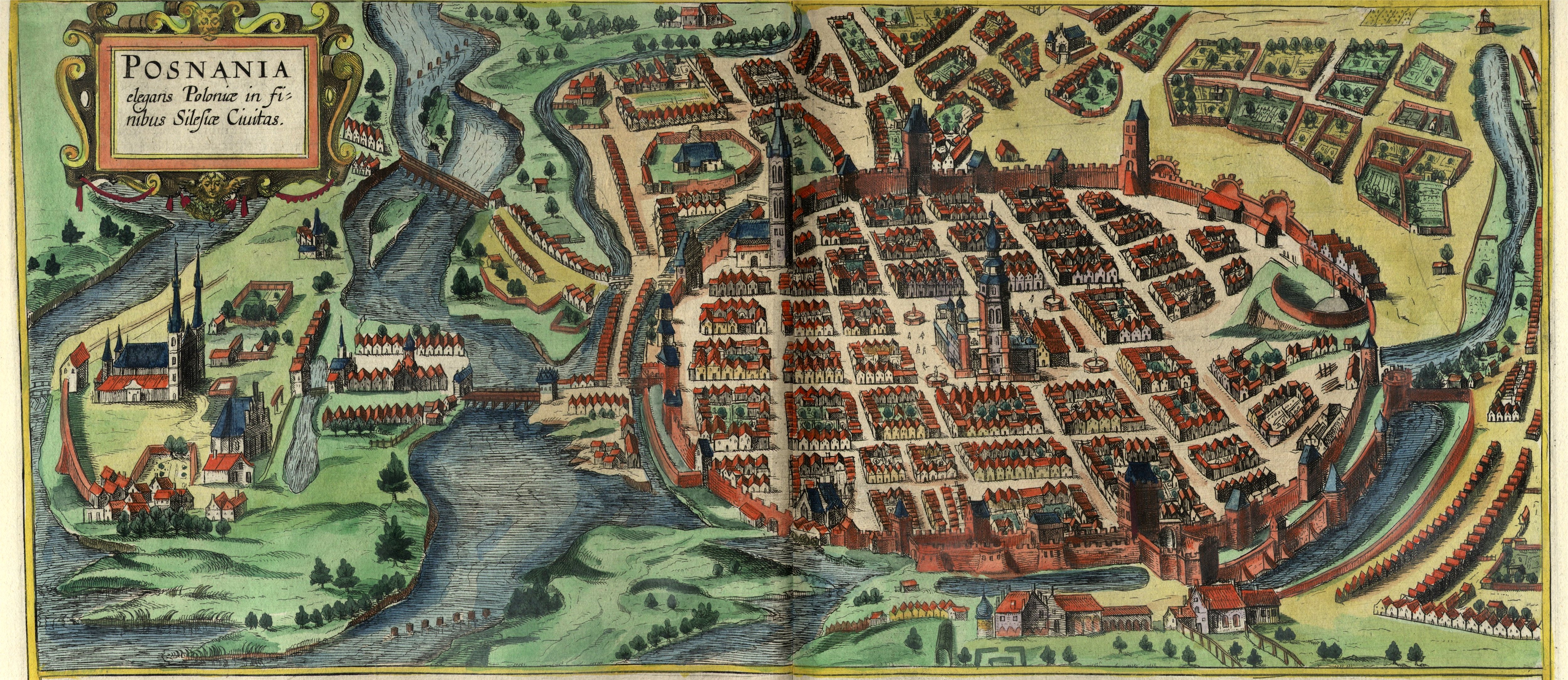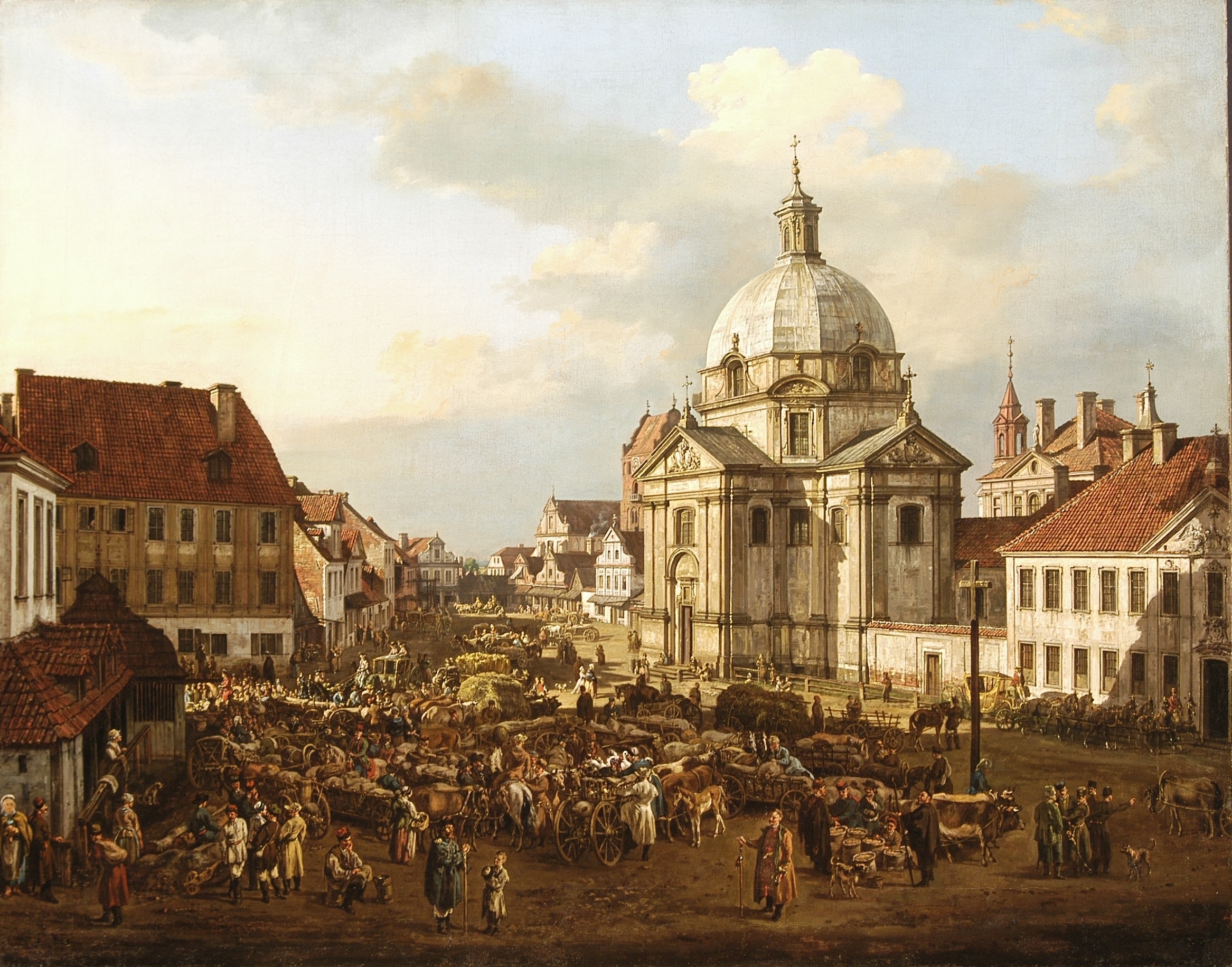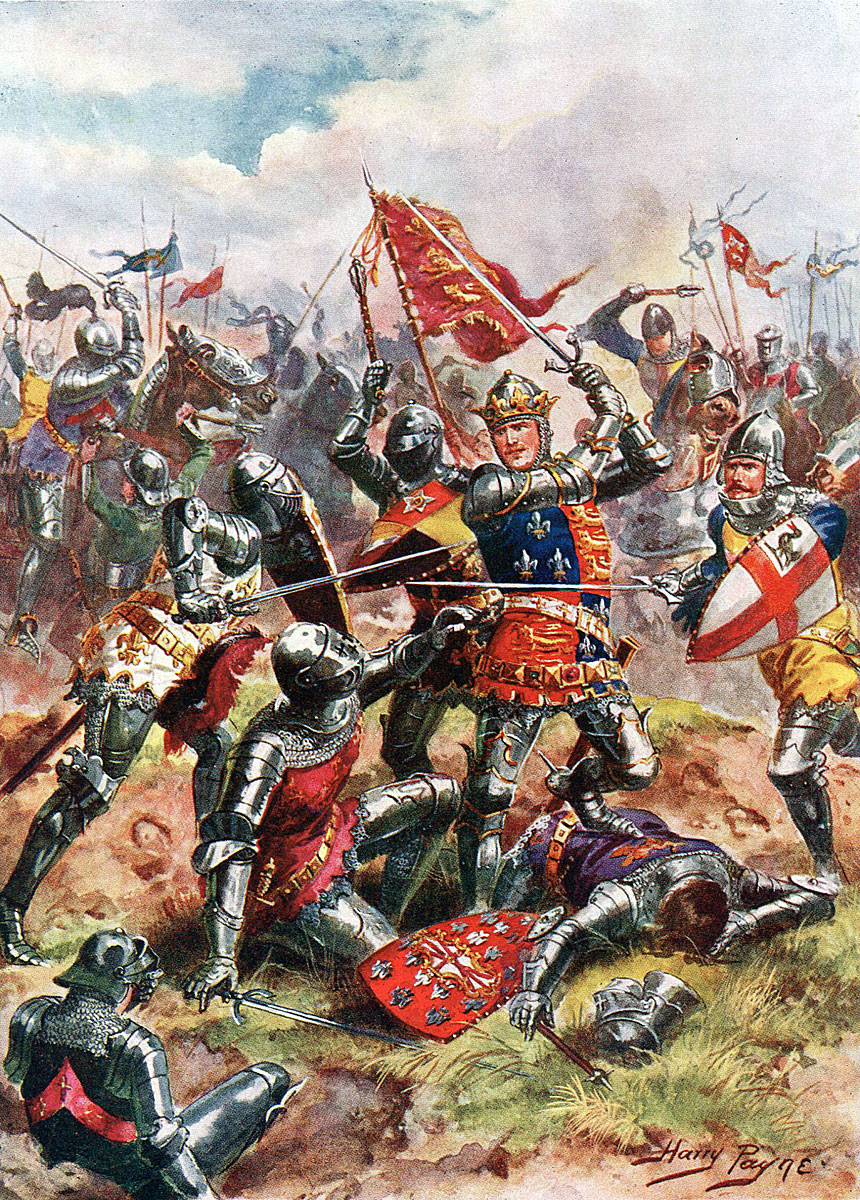|
ДҢSD Class E 499.1
Class E 499.1 electric locomotives were constructed and built by Е koda Works in PlzeЕҲ for use in Czechoslovakia by the ДҢSD. They were also used outside Czechoslovakia in Poland as class EP05 and in the Soviet Union as ЧС3 ( ChS3). In North Korea, licence built copies were used (100 series). After the fall of the iron curtain and consequent upheavals in railway operations they remain in use with a number of railways. Still in the 1980s ДҢSD locomotives were renumbered to the class 141. After dividing Czechoslovakia in 1993 all locos of this class have remained in Czech republic. History The locomotive was produced in the years 1957-1960 in three types. ''20E1'', the prototype, different from serial production, ''30E1'' and ''30E2''. 61 engines were built in those series. The prototype (E499.101) came into service on February 29, 1959. Most of locomotives stationed in Prague, but some of them were sent to ГҡstГӯ nad Labem and ДҢeskГЎ TЕҷebovГЎ. Currently the whole series is ... [...More Info...] [...Related Items...] OR: [Wikipedia] [Google] [Baidu] |
Е koda Works
The Е koda Works (, ) was one of the largest European industrial conglomerates of the 20th century. In 1859, Czech engineer Emil Е koda bought a foundry and machine factory in PlzeЕҲ, Bohemia, Austria-Hungary that had been established ten years previously, founding Е koda Works. By World War I, Е koda Works had become the largest arms manufacturer in Austria-Hungary, supplying the Austro-Hungarian army with mountain guns, mortars and machine guns, including the Е koda M1909, and the ships of the Austro-Hungarian navy with heavy guns. After the war and the creation of the First Czechoslovak Republic, the company, previously focusing on the manufacturing of armaments, diversified and became a major manufacturer of locomotives, aircraft, ships, machine tools, steam turbines, equipment for power utilities, among other industrial products. The deteriorating political situation in Europe by the latter half of the interwar period eventually led to a renewed focus on armament ... [...More Info...] [...Related Items...] OR: [Wikipedia] [Google] [Baidu] |
ChS3
The ChS3 () is a type of 4-axle passenger direct current (catenary voltage of 3 kV) electric locomotive, manufactured in 1961, which was used in the Soviet Union and the Russian Federation. In 1960, due to the increase in passenger trains, the Skoda factory was ordered to design and produce a more powerful locomotive type than the ChS1. The plant's management decided to base the new electric locomotives on the ChS1 class of locomotive. Therefore, the more powerful AL4846eT traction motors and traction drive were installed in the experimental ChS1 locomotive (which had the factory designation 29E0). Thus, the ChS3 design was an improved version of the ChS1. Production All 87 ChS3 locomotives were built in 1961. Service The ChS3 started off serving the Moscow-Kharkov line, before being transferred to the Trans-Siberian Railway, where they operated until 1991. They were often used in pairs. They were gradually replaced with electric ChS2 locomotives. Standard gauge version A ve ... [...More Info...] [...Related Items...] OR: [Wikipedia] [Google] [Baidu] |
PKP Class EP05
PKP may stand for: Groups, Organizations, Companies * Partido Komunista ng Pilipinas-1930, original Filipino communist party * Communist Party of the Philippines (), underground Filipino Maoist party * Phi Kappa Phi (PKP; ), oldest all-discipline honor society in the United States * Phi Kappa Psi (PKP; ), American social fraternity * Pi Kappa Phi (PKP; ), U.S. social fraternity * Polish State Railways (), a Polish railway operator * Political Consultative Committee (), a World War II Polish political organization * Polish Auxiliary Corps (), a 1916вҖ“1918 Polish military formation in the Austro-Hungarian Army * Transnistrian Communist Party (; abbreviated: ) * Public Knowledge Project, non-profit research initiative * Mountain Air Express (ICAO airline code PKP), U.S. airline Objects, Items, Things, Products * PKP "Pecheneg", Russian machine gun * Purple-K, fire-extinguishing agent Arts, Entertainment, Media *''Pyaar Ka Punchnama'', a 2011 Indian film * P.K.P. (Pilsudski Bou ... [...More Info...] [...Related Items...] OR: [Wikipedia] [Google] [Baidu] |
Katowice
Katowice (, ) is the capital city of the Silesian Voivodeship in southern Poland and the central city of the Katowice urban area. As of 2021, Katowice has an official population of 286,960, and a resident population estimate of around 315,000. Katowice is a central part of the Metropolis GZM, with a population of 2.3 million, and a part of a larger Katowice-Ostrava metropolitan area that extends into the Czech Republic and has a population of around 5 million people, making it List of metropolitan areas in Europe#Polycentric metropolitan areas in the European Union, one of the most populous metropolitan areas in the European Union."''Study on Urban Functions (Project 1.4.3)''" вҖ“ European Observation ... [...More Info...] [...Related Items...] OR: [Wikipedia] [Google] [Baidu] |
PoznaЕ„
PoznaЕ„ ( ) is a city on the Warta, River Warta in west Poland, within the Greater Poland region. The city is an important cultural and business center and one of Poland's most populous regions with many regional customs such as Saint John's Fair, PoznaЕ„, Saint John's Fair (''Jarmark ЕҡwiДҷtojaЕ„ski''), traditional St. Martin's croissant, Saint Martin's croissants and a local dialect. Among its most important heritage sites are the Renaissance in Poland, Renaissance Old Town, PoznaЕ„ Town Hall, Town Hall and PoznaЕ„ Cathedral. PoznaЕ„ is the fifth-largest List of cities and towns in Poland#Cities, city in Poland. As of 2023, the city's population is 540,146, while the PoznaЕ„ metropolitan area (''Metropolia PoznaЕ„'') comprising PoznaЕ„ County and several other communities is inhabited by over 1.029 million people. It is one of four historical capitals of medieval Poland and the ancient capital of the Greater Poland region, currently the administrative capital of the pr ... [...More Info...] [...Related Items...] OR: [Wikipedia] [Google] [Baidu] |
Warsaw
Warsaw, officially the Capital City of Warsaw, is the capital and List of cities and towns in Poland, largest city of Poland. The metropolis stands on the Vistula, River Vistula in east-central Poland. Its population is officially estimated at 1.86 million residents within a Warsaw metropolitan area, greater metropolitan area of 3.27 million residents, which makes Warsaw the List of cities in the European Union by population within city limits, 6th most-populous city in the European Union. The city area measures and comprises List of districts and neighbourhoods of Warsaw, 18 districts, while the metropolitan area covers . Warsaw is classified as an Globalization and World Cities Research Network#Alpha 2, alpha global city, a major political, economic and cultural hub, and the country's seat of government. It is also the capital of the Masovian Voivodeship. Warsaw traces its origins to a small fishing town in Masovia. The city rose to prominence in the late 16th cent ... [...More Info...] [...Related Items...] OR: [Wikipedia] [Google] [Baidu] |
England
England is a Countries of the United Kingdom, country that is part of the United Kingdom. It is located on the island of Great Britain, of which it covers about 62%, and List of islands of England, more than 100 smaller adjacent islands. It shares Anglo-Scottish border, a land border with Scotland to the north and EnglandвҖ“Wales border, another land border with Wales to the west, and is otherwise surrounded by the North Sea to the east, the English Channel to the south, the Celtic Sea to the south-west, and the Irish Sea to the west. Continental Europe lies to the south-east, and Ireland to the west. At the 2021 United Kingdom census, 2021 census, the population was 56,490,048. London is both List of urban areas in the United Kingdom, the largest city and the Capital city, capital. The area now called England was first inhabited by modern humans during the Upper Paleolithic. It takes its name from the Angles (tribe), Angles, a Germanic peoples, Germanic tribe who settled du ... [...More Info...] [...Related Items...] OR: [Wikipedia] [Google] [Baidu] |
PKP Class EU06
PKP may stand for: Groups, Organizations, Companies * Partido Komunista ng Pilipinas-1930, original Filipino communist party * Communist Party of the Philippines (), underground Filipino Maoist party * Phi Kappa Phi (PKP; ), oldest all-discipline honor society in the United States * Phi Kappa Psi (PKP; ), American social fraternity * Pi Kappa Phi (PKP; ), U.S. social fraternity * Polish State Railways (), a Polish railway operator * Political Consultative Committee (), a World War II Polish political organization * Polish Auxiliary Corps (), a 1916вҖ“1918 Polish military formation in the Austro-Hungarian Army * Transnistrian Communist Party (; abbreviated: ) * Public Knowledge Project, non-profit research initiative * Mountain Air Express (ICAO airline code PKP), U.S. airline Objects, Items, Things, Products * PKP "Pecheneg", Russian machine gun * Purple-K, fire-extinguishing agent Arts, Entertainment, Media *''Pyaar Ka Punchnama'', a 2011 Indian film * P.K.P. (Pilsudski ... [...More Info...] [...Related Items...] OR: [Wikipedia] [Google] [Baidu] |
Electric Locomotives
An electric locomotive is a locomotive powered by electricity from overhead lines, a third rail or on-board energy storage such as a Battery (electricity), battery or a supercapacitor. Locomotives with on-board fuelled prime mover (locomotive), prime movers, such as diesel engines or gas turbines, are classed as DieselвҖ“electric powertrain, dieselвҖ“electric or turbineвҖ“electric powertrain, gas turbineвҖ“electric and not as electric locomotives, because the electric generator/motor combination serves only as a Transmission (mechanics), power transmission system. Electric locomotives benefit from the high efficiency of electric motors, often above 90% (not including the inefficiency of generating the electricity). Additional efficiency can be gained from regenerative braking, which allows kinetic energy to be recovered during braking to put power back on the line. Newer electric locomotives use AC motor-inverter drive systems that provide for regenerative braking. Electric loco ... [...More Info...] [...Related Items...] OR: [Wikipedia] [Google] [Baidu] |
Olomouc
Olomouc (; ) is a city in the Czech Republic. It has about 103,000 inhabitants, making it the Statutory city (Czech Republic), sixth largest city in the country. It is the administrative centre of the Olomouc Region. Located on the Morava (river), Morava River, the city is the ecclesiastical metropolis and was a historical co-capital city of Moravia, before having been occupied by the Military of the Swedish Empire, Swedish army during the Thirty Years' War. The historic city centre is well preserved and is protected as Cultural monument (Czech Republic)#Monument reservations, urban monument reservation. The Holy Trinity Column in Olomouc, Holy Trinity Column was listed as a UNESCO World Heritage Site in 2000 for its quintessential Baroque architecture, Baroque style and symbolic value. Administrative division Olomouc consists of 26 municipal parts (in brackets population according to the 2021 census): *Olomouc (13,446) *BДӣlidla (834) *ДҢernovГӯr (1,010) *Chomoutov (1,070) *Ch ... [...More Info...] [...Related Items...] OR: [Wikipedia] [Google] [Baidu] |
ДҢeskГЎ TЕҷebovГЎ
ДҢeskГЎ TЕҷebovГЎ (; ) is a town in ГҡstГӯ nad OrlicГӯ District in the Pardubice Region of the Czech Republic. It has about 15,000 inhabitants. The historic town centre is well preserved and is protected as an Cultural monument (Czech Republic)#Monument zones, urban monument zone. Administrative parts The villages of Kozlov, Lhotka, ParnГӯk, Skuhrov and SvinnГЎ are administrative parts of ДҢeskГЎ TЕҷebovГЎ. Etymology The name ''TЕҷebovГЎ'' is derived from the old Czech verb ''triebiti'', which meant 'chop down', 'clear'. The name refers to the founding of settlements on the site of forest that had to be cut down first. First the name of the TЕҷebovka River was created, then it was transferred to the settlements along the river. The attribute ''ДҢeskГЎ'' (meaning 'Bohemian') was added to distinguish it from MoravskГЎ TЕҷebovГЎ. Geography ДҢeskГЎ TЕҷebovГЎ is located about south of ГҡstГӯ nad OrlicГӯ and southeast of Pardubice. It lies in the Svitavy Uplands. The highest point is ... [...More Info...] [...Related Items...] OR: [Wikipedia] [Google] [Baidu] |
ГҡstГӯ Nad Labem
ГҡstГӯ nad Labem (; ) is a city in the Czech Republic. It has about 91,000 inhabitants and is the capital of the ГҡstГӯ nad Labem Region. It is a major industrial centre and, besides being an active river port, is an important railway junction. Administrative division ГҡstГӯ nad Labem is divided into four self-governing boroughs. In addition, ГҡstГӯ nad Labem consists of 22 municipal parts (in brackets population according to the 2021 census): *ГҡstГӯ nad Labem-mДӣsto (35,015) **BoЕҫtДӣЕЎice (496) **Bukov (5,988) **Habrovice (395) **Hostovice (249) **KlГӯЕЎe (6,944) **PЕҷedlice (1,544) **Skorotice (1,379) **StrГЎЕҫky (234) **VaЕҲov (755) **VЕЎeboЕҷice (2,870) **ГҡstГӯ nad Labem-centrum (14,161) *ГҡstГӯ nad Labem-NeЕЎtДӣmice (22,148) **KrГЎsnГ© BЕҷezno (12,417) **MojЕҫГӯЕҷ (4,222) **NeЕЎtДӣmice (5,509) *ГҡstГӯ nad Labem-SevernГӯ Terasa (18,965) **SevernГӯ Terasa (18,965) *ГҡstГӯ nad Labem-StЕҷekov (13,585) ** BrnГЎ (1,308) **CГӯrkvice (179) **Kojetice (129) **OleЕЎnice (89) ** S ... [...More Info...] [...Related Items...] OR: [Wikipedia] [Google] [Baidu] |







